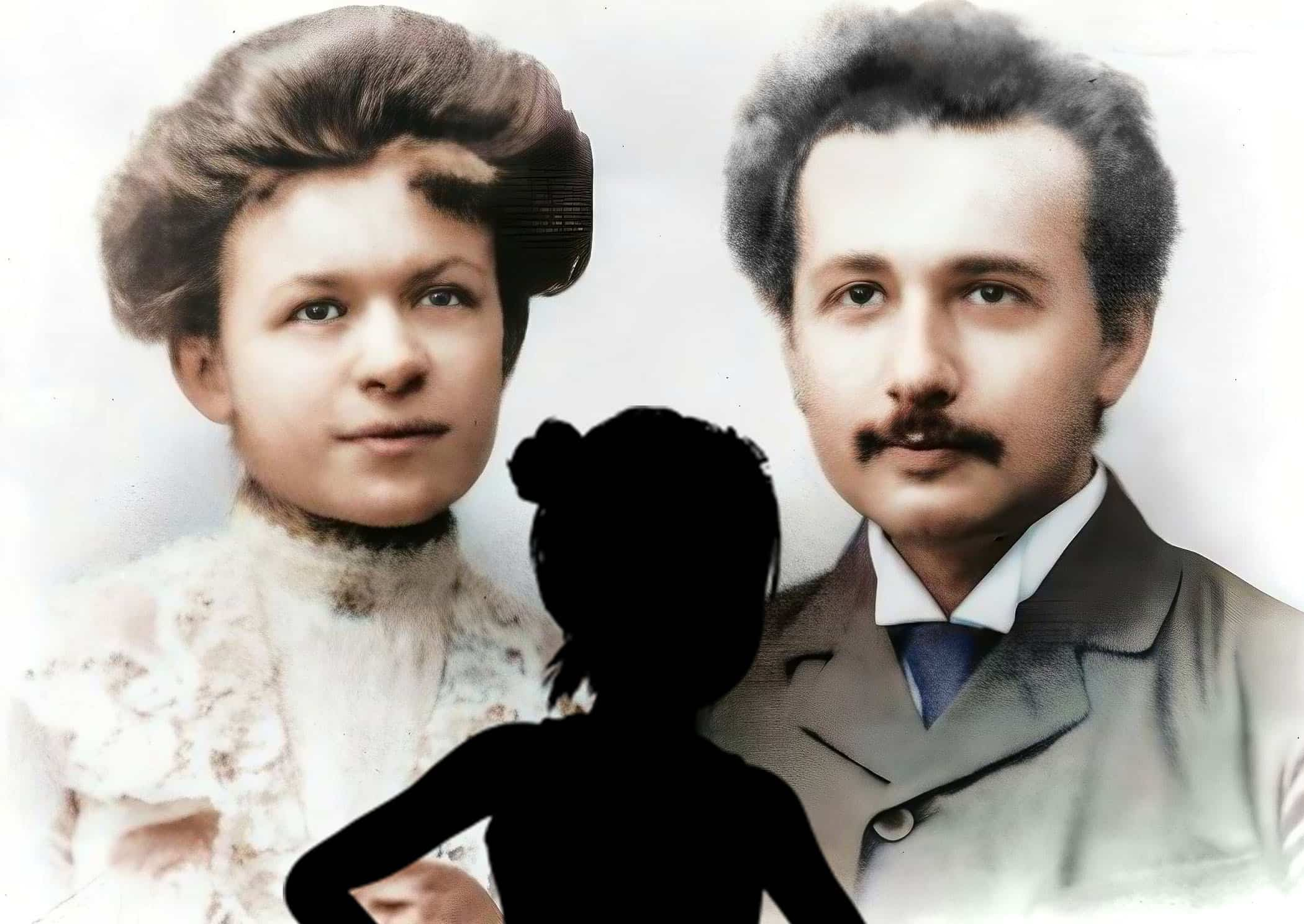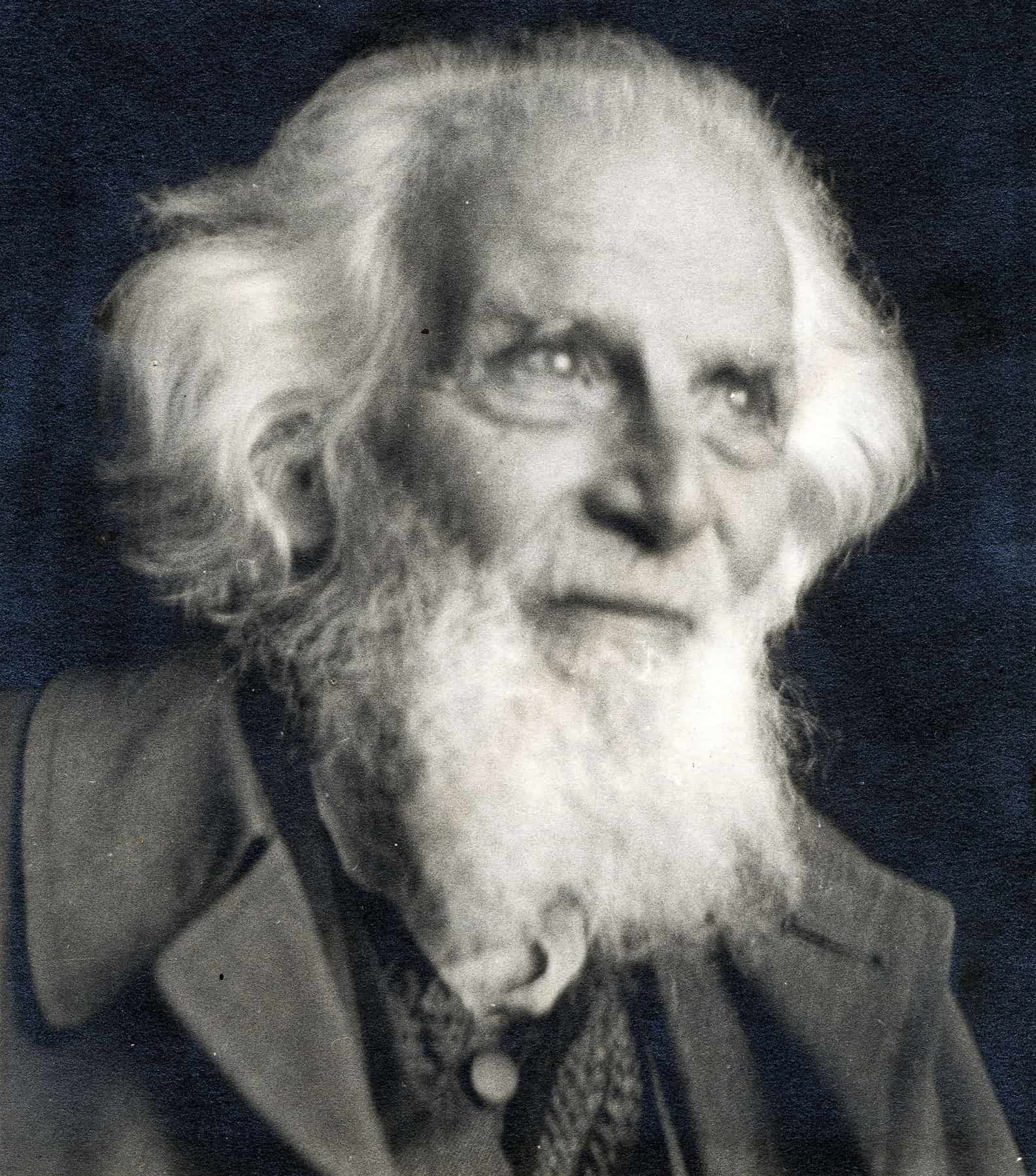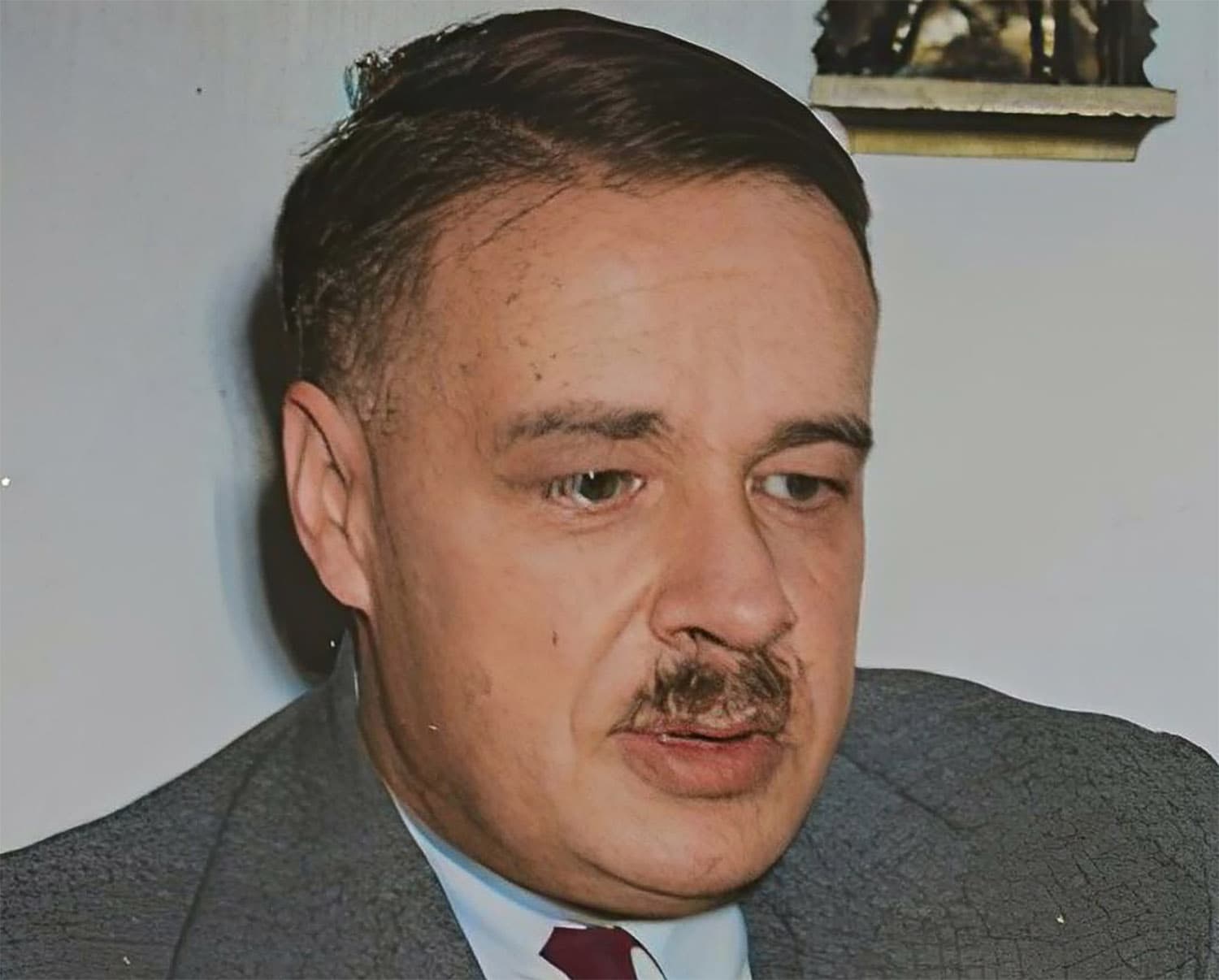- Lieserl Einstein was the first child of Albert Einstein and Mileva Maric.
- Her existence remained unknown to the world for over 80 years.
- It is believed that Lieserl was born in January 1902 and likely died of scarlet fever in September 1903.
The first child born to Mileva Maric and Albert Einstein, Lieserl Einstein (born January 1902 in Novi Sad, Vojvodina, then Austria-Hungary; died unknown), was unknown to the world for more than 80 years. In 1987, with the discovery and release of Einstein’s letters to his companion and eventual wife, Mileva Maric, the existence of the kid was made public. The infant is called by name in this letter. Curious enough, nothing is known about Lieserl Einstein, including his life.
Who Was Lieserl Einstein?
At the Swiss Federal Polytechnic in Zurich in 1896, when Einstein and Maric both attended classes, the two struck up a friendship. There was a baby on the way for Maric in the spring of 1901. The letters show that Maric desired a daughter, “Lieserl,” while Einstein wished for a male, “Hanserl.”
At the end of May 1901, Einstein asked, “What is the boy doing?” in a letter delivered through Winterthur (Switzerland). This was the first time he had asked about Lieserl.
A future together was also something he assured Maric of:
“Just be of good cheer, my love, and don’t worry yourself. I’m not leaving you, and I’m going to bring everything to a happy end.”
Einstein’s parents (mother Pauline, father Hermann) disapproved of his association with Maric, who was not Jewish, and Einstein was unemployed after graduating from the Polytechnic University. Three months pregnant, Maric retook the Polytechnic diploma test she had failed the year before with Einstein. Unfortunately, she did not pass this time around, either.
After finishing up in 1900, she made the trip to Novi Sad (Serbia) to see her folks. In a letter to her, Einstein said:
“… and look forward to our dear Lieserl, whom I secretly (so that Doxerl [Marić’s pet] doesn’t notice) prefer to imagine as Hanserl.”
The Swiss Patent Office in Bern, where Einstein had been working part-time since 1901, offered him a possible permanent post at year’s end. Before starting work at the Federal Patent Office in June of 1902, he relocated to Bern in February.
The Birth of Lieserl
Einstein asked, “how we could take our Lieserl to us; I don’t want us to have to let her out of our hands,” not long before the baby was born, in light of his impending work in Bern. The birth of Lieserl Einstein appears to have occurred in January 1902. Maric was too fatigued to write himself following issues during delivery, so her father sent a letter to 22-year-old Einstein to tell him the news.
After hearing the news, Einstein was overjoyed:
“Is she also healthy, and is she already crying properly? […] Is there anything wrong with her? […] Which of us does she look more like? […] I love her so much, and I don’t even know her yet. […] Can she soon turn her eyes to something?”
At the end of 1902, Maric returned to Switzerland without “Lieserl.” In Bern’s civil record office on January 6, 1903, Maric and Einstein tied the knot. No one from either Einstein’s or Maric’s families attended the wedding. From what we can tell, the child’s existence was hidden from the Swiss community at large.

Since the time Albert Einstein began working at the Bern Patent Office, he appears to have missed out on meeting Lieserl altogether. Because when Mileva went to marry Albert in Bern, Switzerland, she left her kid with her grandparents in Novi Sad.
It is assumed that Maric and Albert Einstein decided to separate from their daughter Lieserl in the summer of 1903. No clear explanation has been given for this choice. It’s possible that Einstein didn’t want to risk his job at the patent office. August of 1903 found Maric visiting her people in Novi Sad, probably to see Lieserl.
According to the letters, Lieserl was diagnosed with scarlet fever at this time. After learning of Lieserl’s illness, she writes to Albert, who expresses his sorrow by writing,
“I’m very sorry about the situation with Lieserl. Scarlet fever can easily leave lasting effects.
buy hydroxychloroquine online https://www.urologicalcare.com/wp-content/uploads/2024/10/jpg/hydroxychloroquine.html no prescription pharmacy
I hope everything turns out well.”
It seems that the kid was to be placed for adoption in September, when Einstein inquired about the child’s registration and recommended prudence to ensure the daughter would not be harmed in the future.
While on their journey, Einstein and Maric learned that they were expecting again. Their second son, Hans Albert, was born in Bern in 1904, and their second son, Eduard, was born in Zurich in 1910; however, Einstein is not known to have ever seen his first child, an only girl, Lieserl, again.
The Real Lieserl Einstein
Einstein’s last reference to Lieserl comes in a letter he sent on September 19, 1903. After contracting scarlet fever in 1903, the child was likely baptized and placed for adoption. No church or government documents have been located despite extensive searching.
After then, Lieserl disappears from all subsequent correspondence and records. That summer, when she was just one and a half years old, was likely her last summer with Mileva and Einstein. After waiting for almost two decades, Mileva finally admits to her friend Helene in a letter that she really wants a daughter.
According to “Einstein’s Daughter: The Search for Lieserl,” a book written and published by Michele Zackheim in the United States in 1999, Lieserl was born with mental disabilities, was raised by Maric’s family, and died of scarlet fever in September 1903.
It has also been speculated that Lieserl was really the blind woman named Zorka Savic, who was adopted by Maric’s friend Helene Savic and survived until the 1990s. While this theory has been approved by some, Milan Popovic, the grandson of Helene Savic, disputes the claim that Zorka Savic was Lieserl and instead claims that Lieserl Einstein died in September 1903.






